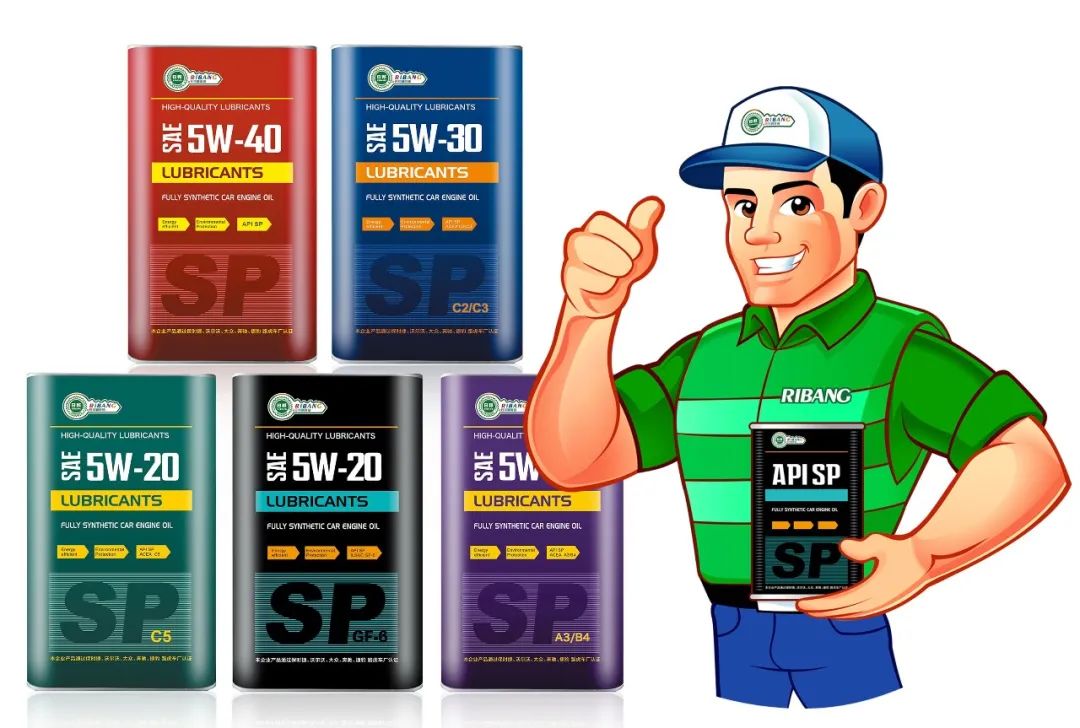- English
- 简体中文
- Esperanto
- Afrikaans
- Català
- שפה עברית
- Cymraeg
- Galego
- 繁体中文
- Latviešu
- icelandic
- ייִדיש
- беларускі
- Hrvatski
- Kreyòl ayisyen
- Shqiptar
- Malti
- lugha ya Kiswahili
- አማርኛ
- Bosanski
- Frysk
- ភាសាខ្មែរ
- ქართული
- ગુજરાતી
- Hausa
- Кыргыз тили
- ಕನ್ನಡ
- Corsa
- Kurdî
- മലയാളം
- Maori
- Монгол хэл
- Hmong
- IsiXhosa
- Zulu
- Punjabi
- پښتو
- Chichewa
- Samoa
- Sesotho
- සිංහල
- Gàidhlig
- Cebuano
- Somali
- Тоҷикӣ
- O'zbek
- Hawaiian
- سنڌي
- Shinra
- Հայերեն
- Igbo
- Sundanese
- Lëtzebuergesch
- Malagasy
- Yoruba
- Español
- Português
- русский
- Français
- 日本語
- Deutsch
- tiếng Việt
- Italiano
- Nederlands
- ภาษาไทย
- Polski
- 한국어
- Svenska
- magyar
- Malay
- বাংলা ভাষার
- Dansk
- Suomi
- हिन्दी
- Pilipino
- Türkçe
- Gaeilge
- العربية
- Indonesia
- Norsk
- تمل
- český
- ελληνικά
- український
- Javanese
- فارسی
- தமிழ்
- తెలుగు
- नेपाली
- Burmese
- български
- ລາວ
- Latine
- Қазақша
- Euskal
- Azərbaycan
- Slovenský jazyk
- Македонски
- Lietuvos
- Eesti Keel
- Română
- Slovenski
- मराठी
- Srpski језик
Causes and hazards of engine foaming
2024-04-24
https://www.sdrboil.com/bmw-certification-fully-synthetic-longlife-turbine-oil-04.html
Causes and hazards of engine foaming

When gear equipment is in operation, air is invariably carried into the gear oil, causing foaming to occur in the tank.

Foaming can have a significant negative impact on lubricant performance, such as oxidative stability, heat dissipation, etc. Excessive foaming can result in the foam being pressed out of the air vents. In the case of pressure-fed lubrication, there is also a danger of foam being carried into the pump, resulting in noise or equipment damage.
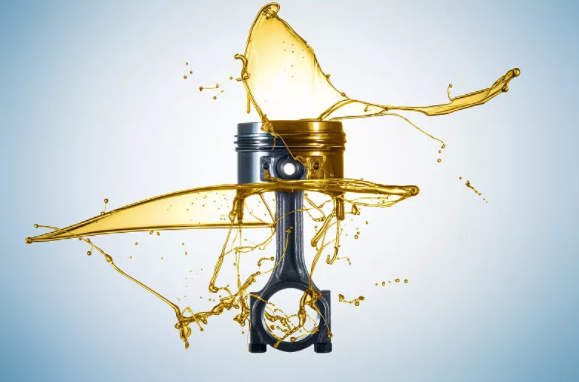
I
The main causes of lubricant foaming
Pure oil itself will not produce foam, if you add other things will cause foam, such as foreign impurities and additives, etc., the more the amount of polar additives, the more likely to cause foam.
One of the oil bubble size and oil interfacial tension, the smaller the tension, the smaller the bubble, the smaller the bubble, the more likely to form more stable foam, less likely to rupture and disappear.
The volume of bubbles and the viscosity of the lubricant is inversely proportional to the low-viscosity oil is more likely to form large bubbles, on the contrary, high-viscosity oil produces smaller bubbles.
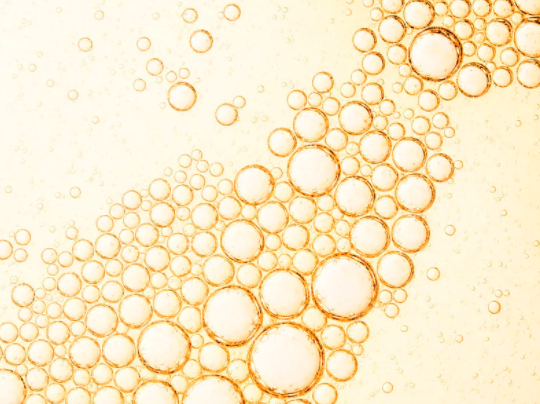
Low temperature cold start, low viscosity lubricant is more likely to produce air bubbles; in the equipment operating temperature conditions (30 ℃ ~ 60 ℃), high viscosity oil is more likely to generate air bubbles.
When the volume of air mixed into the lubricant reaches 10%, the viscosity will increase by about 15%, and the negative effect of air bubbles on lubrication will be obvious; when the mixed air reaches 30% or more, it can be considered that there is a bubble problem.
When gear equipment is in operation, air is always carried into the gear oil, resulting in foaming in the tank. Foaming can have a significant negative impact on lubricant performance such as oxidative stability, heat dissipation, etc. Excessive foaming may result in the foam being pressed out of the vent. In the case of pressure-fed lubrication, there is also the danger of foam being carried into the pump, resulting in noise or equipment damage.
In the case of immersion lubrication, inappropriate filling volumes and inappropriate tank/gearbox geometry can also lead to the generation of bubbles.
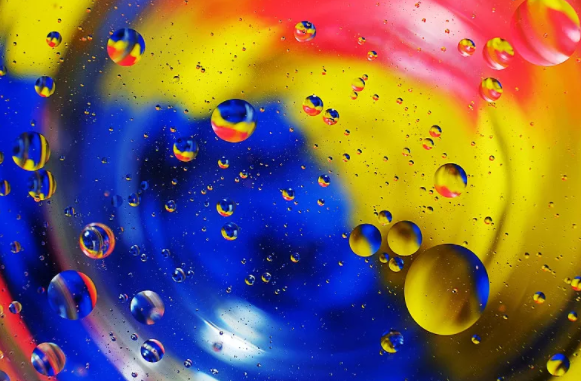
II
Hazards of lubricant foaming
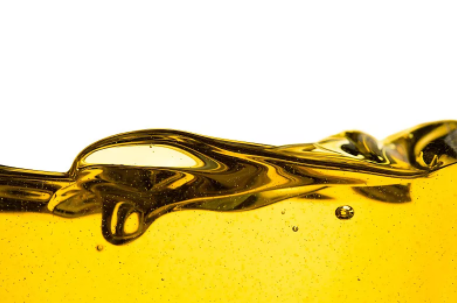
01
The power of the machinery decreases, energy consumption increases, performance deteriorates, and in serious cases, can cause downtime accidents.
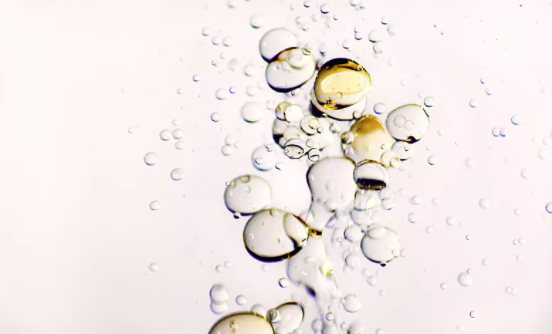
02
The cooling effect of lubricating oil is significantly reduced, resulting in lubricating oil parts overheating, and even burned.
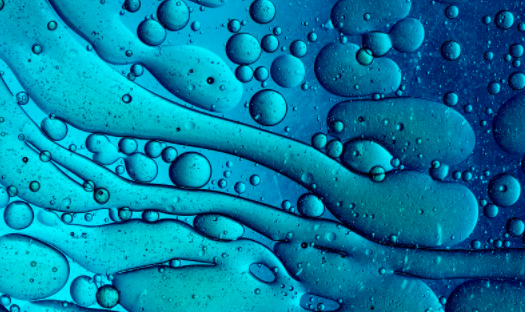
03
Destroy the normal lubrication state of the lubricant, accelerate mechanical wear.
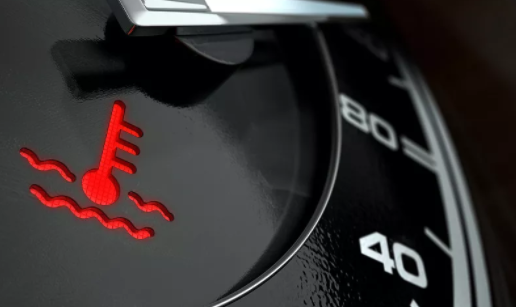
04
Increase the contact area between lubricant and air, promote the oxidization and deterioration of lubricant, shorten the service life of lubricant.
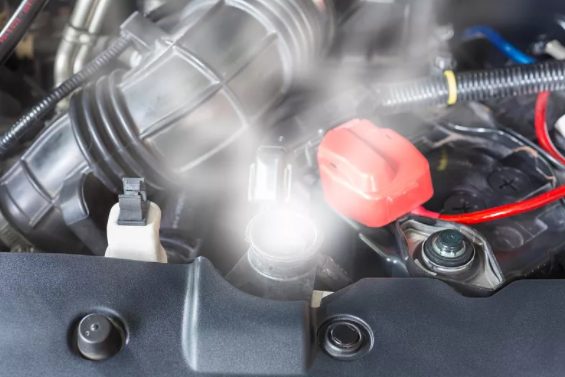
05
Make the lubricant compression increase, the cylinder work irregularly, cause mechanical vibration noise and so on.
